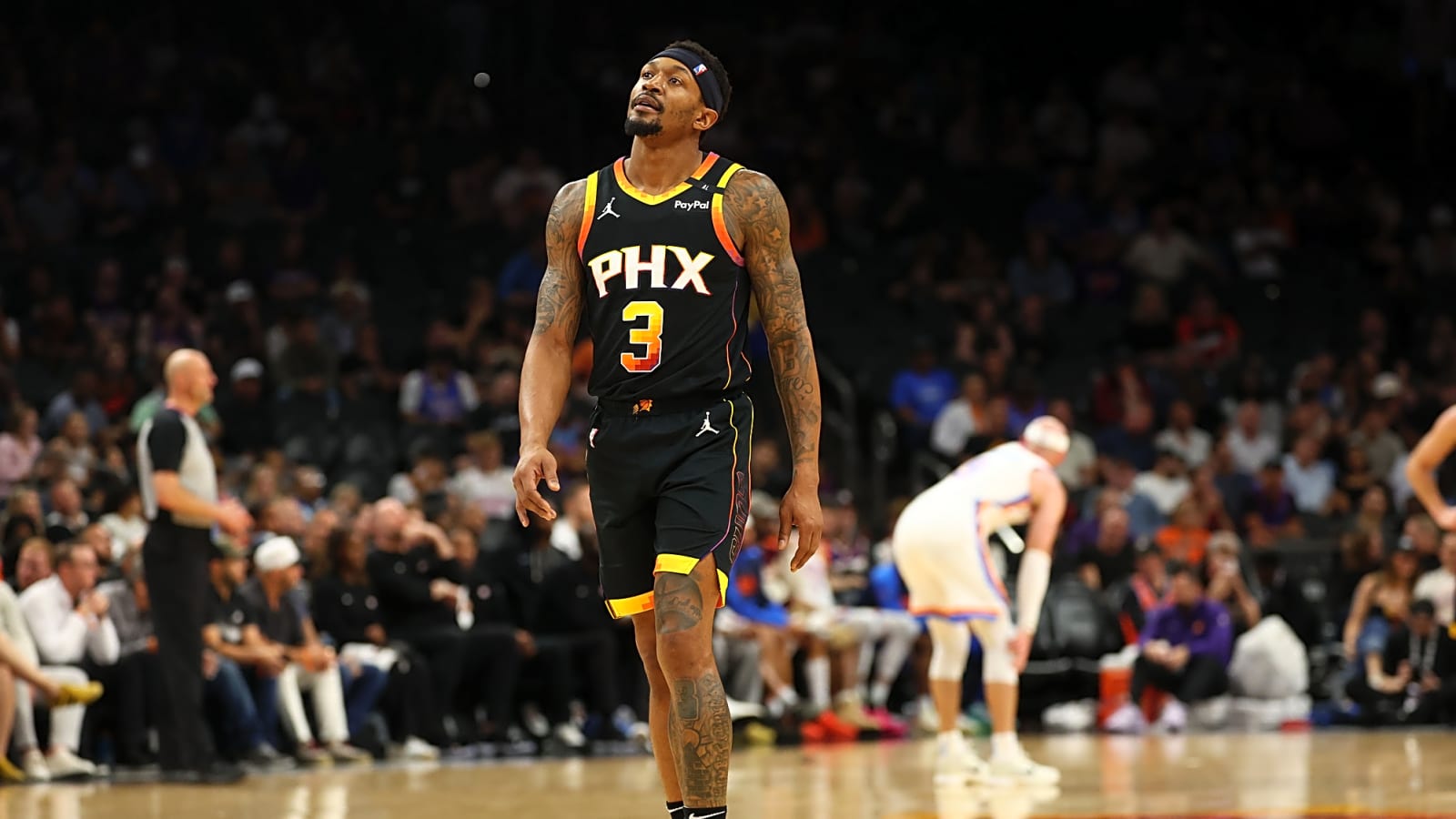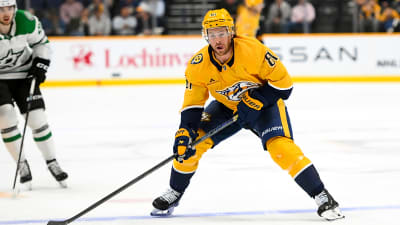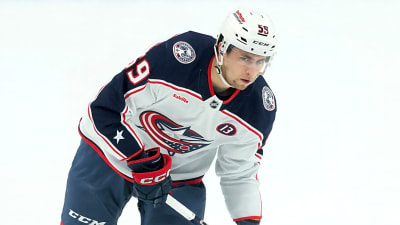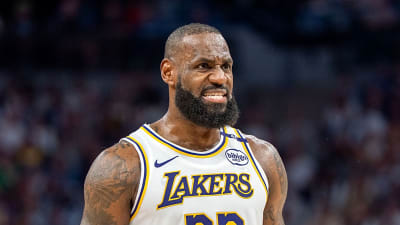
Bradley Beal’s time in Phoenix is officially over. The Suns waived and stretched the final two years and $110 million of his contract on Wednesday, a financial maneuver that may also signal the end of the NBA high-cost “Big Three” era.
As Yahoo Sports’ Ben Rohrbach framed it: “The question, then: Is this also the end of the era in which teams try to collect three max-salaried stars?”
Phoenix’s NBA Play Comes Up Empty
The Suns pushed their chips to the middle of the table over the past two seasons, first acquiring Kevin Durant from the Brooklyn Nets at the 2023 trade deadline, then landing Beal from the Washington Wizards last summer. The cost was virtually all of their roster depth and control of their future draft picks.
It didn’t work.
Durant, Beal and Devin Booker combined to earn $150 million last season, $10 million more than the NBA’s salary cap. That financial strain pushed Phoenix past the second apron, hamstringing the front office’s ability to make trades, use exceptions, or add key pieces to round out the rotation.
The result? An 0-4 sweep in their lone playoff appearance and no path forward under the current construction.
Second Apron Changes the Landscape
Rohrbach notes that building around three stars was easier in the previous decade. In 2010, LeBron James, Dwyane Wade and Chris Bosh earned a combined $45 million with the Miami Heat. In today’s NBA, just one max contract can approach that number.
Back then, there was no second apron.
“It was easier to build a capable rotation,” Rohrbach wrote, pointing to how drastically the cap environment has changed and how shallow teams like the Suns and Nets became when trying to build around three expensive stars.
By contrast, teams that have thrived recently, like the 2024 champion Boston Celtics or the 2025 Finals-winning Oklahoma Thunder, were built on depth.
Celtics and Thunder Show New Paths
Boston still paid heavily, with four players on contracts exceeding $30 million. But once they hit the second apron and faced a projected $500 million payroll, they made difficult choices, parting with Kristaps Porzingis and Jrue Holiday while holding on to Derrick White, Jayson Tatum and Jaylen Brown.
As Celtics president Brad Stevens told reporters, “I think the second apron basketball penalties are real, and I’m not sure I understood how real until they were staring me in the face.”
That model — two stars plus value everywhere else — may become the new norm, Rohrbach suggests.
Oklahoma City has pulled off a version of the Big Three, with MVP Shai Gilgeous-Alexander now on a $285 million supermax, and both Jalen Williams and Chet Holmgren signed to rookie-scale max extensions. But even that structure is temporary.
Rohrbach points out that the Thunder’s top three will make $123.5 million combined by 2026–27, meaning depth pieces like Lu Dort and Isaiah Hartenstein could be cap casualties. OKC’s ability to hit on upcoming draft picks will be crucial to sustaining contention.
Window for Big Threes Is Narrowing
Rohrbach argues that even a best-case Big Three, like OKC’s homegrown version, requires “nailing every pick and signing possible” just to survive the cap mechanics of the second apron.
For the Suns, who traded both picks and players just to get their three stars, the odds were even slimmer.
Gone, perhaps, are the days of hastily assembled superteams, especially via trade. As Rohrbach put it: “The cost to trade for two more [stars] is too prohibitive to building a contender.”
The Heat’s 2010 blueprint — signing three stars outright with cap space — remains an extreme outlier and may be functionally impossible under the current rules if all three demand 35 percent of the cap.
Still, Rohrbach acknowledges the allure: “A chance will come for another team to form a better-constructed trio, and a general manager will leap at it. The opportunity is too enticing.”
But in the second apron era, two stars plus depth may no longer be a fallback plan. It might just be the formula.
More must-reads:
- Trail Blazers may regret Damian Lillard reunion
- What to watch for during NBA Summer League semifinals
- The 'Most points in a game by NBA team in 2024-25' quiz
Breaking News
Trending News
Customize Your Newsletter
 +
+
Get the latest news and rumors, customized to your favorite sports and teams. Emailed daily. Always free!








